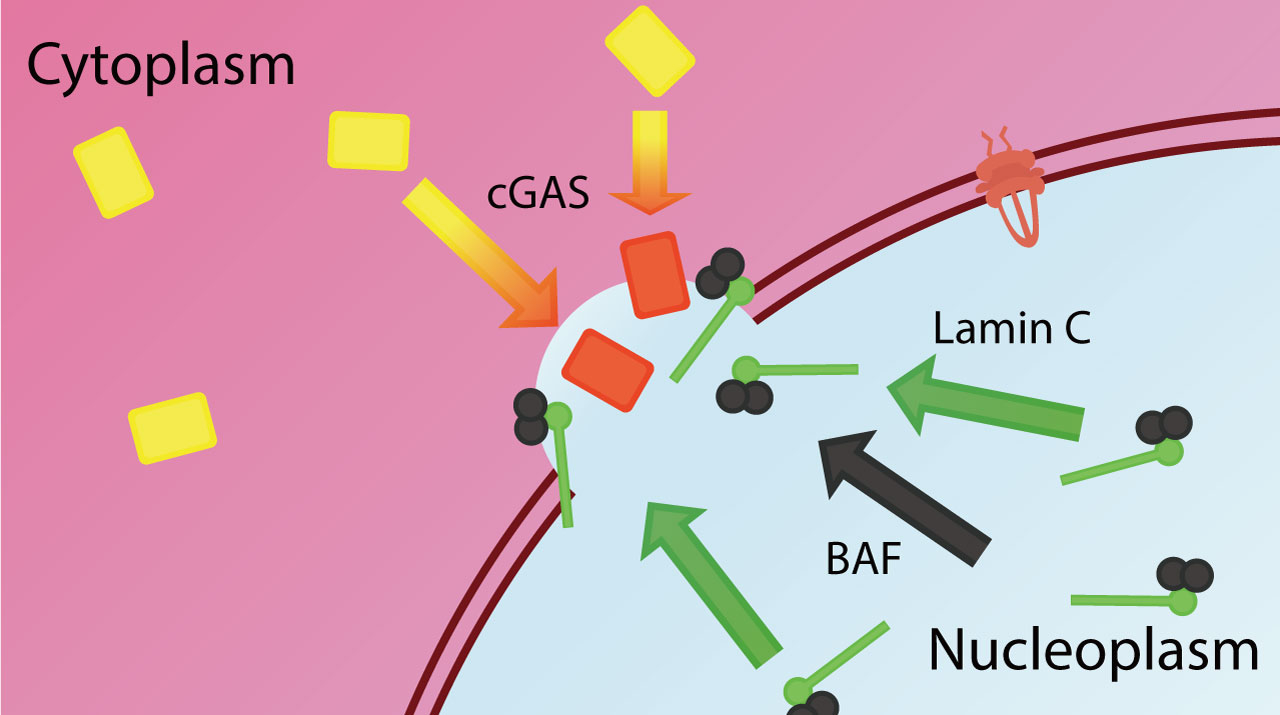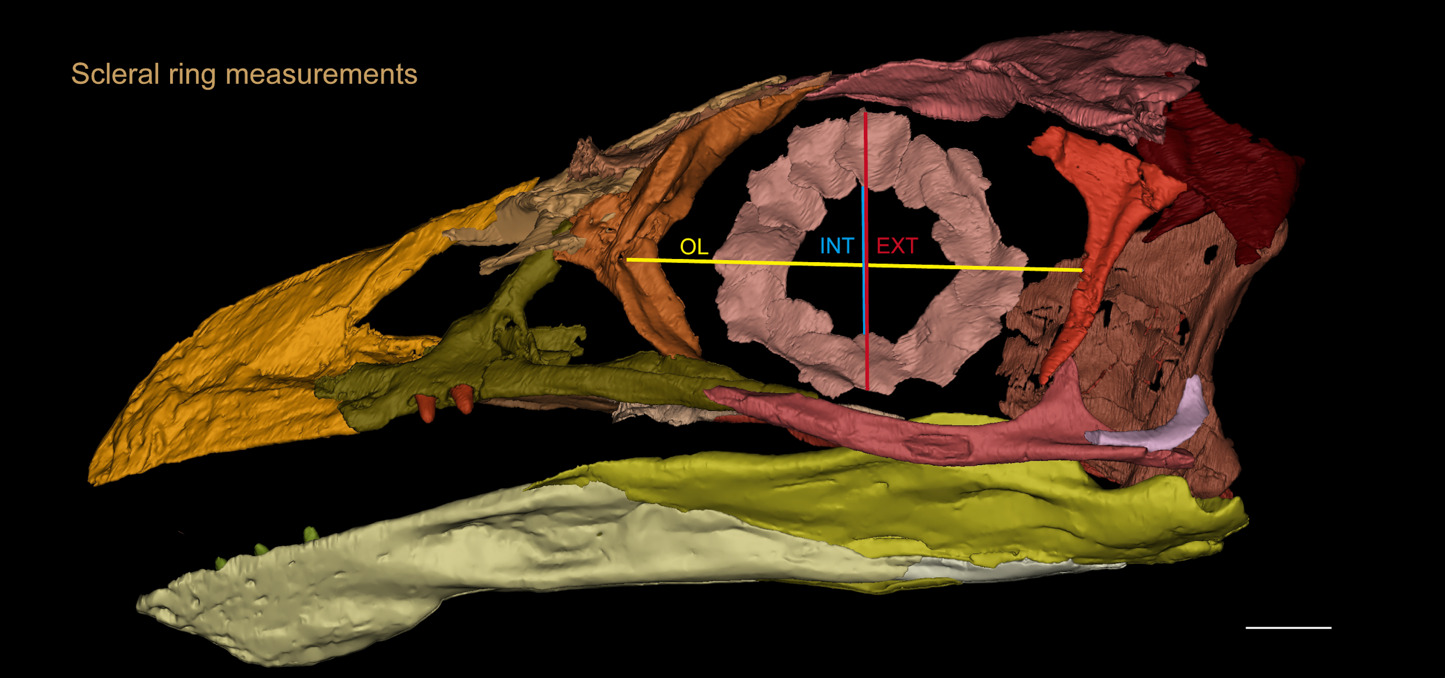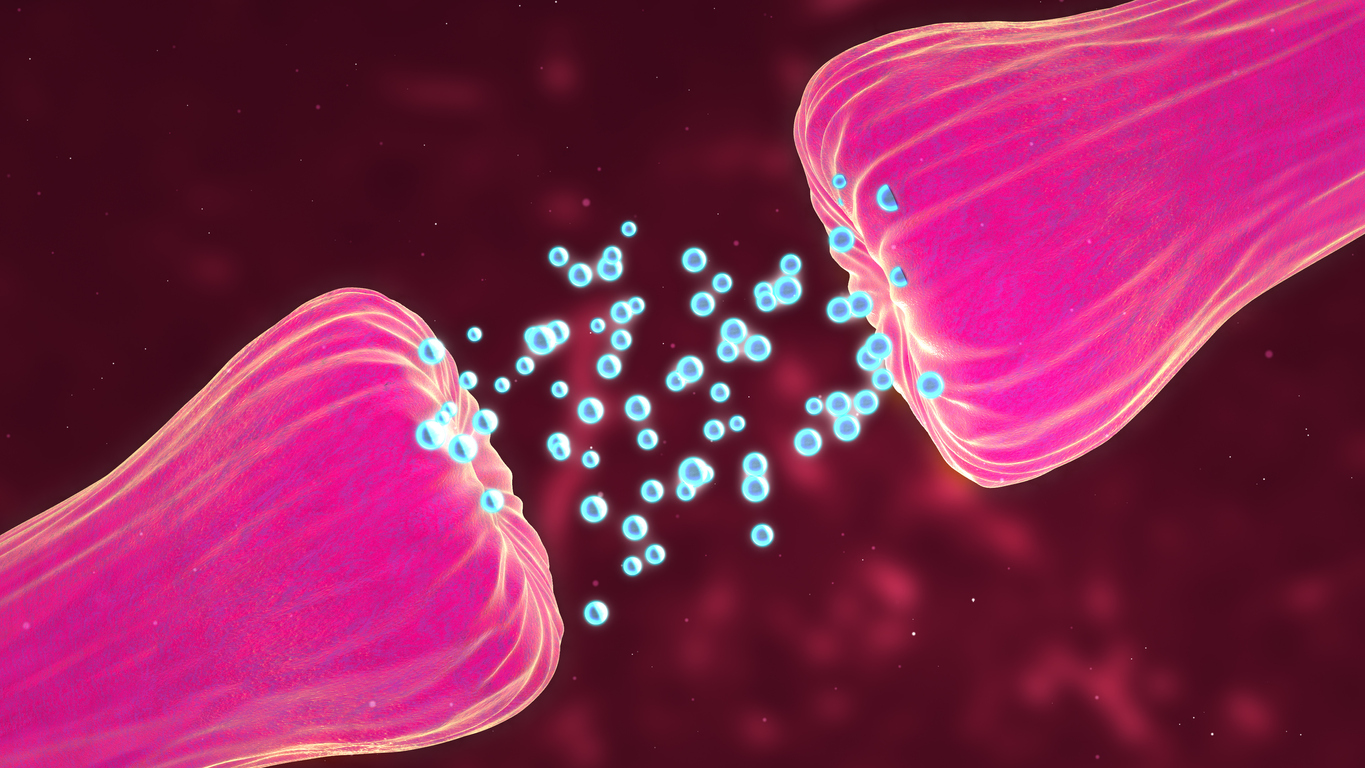Comprehensive research from Flinders University demonstrates the need for increased conservation and policy initiatives to safeguard adaptive DNA diversity and facilitate communication among dolphin communities. As ecosystems change, such as when climate change and human activity have an impact on ocean conditions, this will enable genes to migrate around and alter.
For the long-term survival of this and other species of marine mammals, a high level of genetic variation may be crucial, according to Dr. Andrea Barceló, a researcher at Flinders University and the study’s principal author. The journal BMC Ecology and Evolution just published the findings of her research.
According to Dr. Barceló, understanding how the environment impacts the genetic diversity of marine populations might be useful for population management and predicting how they will respond to pressures like human-caused climate change.
Additionally, according to experts from Flinders University and Macquarie University, maintaining connectedness can boost genetic variation over time, which would help populations withstand issues imposed by humans, such as harsh weather.
Five populations of dolphins were discovered from Western Australia to Victoria using adaptive divergence data from more than 200 dolphins. These findings were contrasted with significant environmental variables, such as the availability of fish food, which is influenced by regional seasonal circulations and marine upwellings.
Common dolphins from locations near the continental shelf break experienced genetic divergence as a result of changes in primary production and sea surface temperatures. Dolphins from Western Australia’s southern shore, on the other hand, were impacted by regional currents.
Changes in the temperature and salinity of the water in those regions were the main contributors to the genetic differences between common dolphins from more enclosed embayment areas and protected coastal habitats.
The common dolphin and probably other delphinid species that inhabit dynamic habitats with comparable traits around the world were discovered to share genes, according to a seascape genomics study.
Story Source: Original press release by Phys.org Note: Content may be edited for style and length by Scible News.
Reference.
Andrea Barceló et al, Seascape genomics of common dolphins (Delphinus delphis) reveals adaptive diversity linked to regional and local oceanography, BMC Ecology and Evolution (2022). DOI: 10.1186/s12862-022-02038-1








